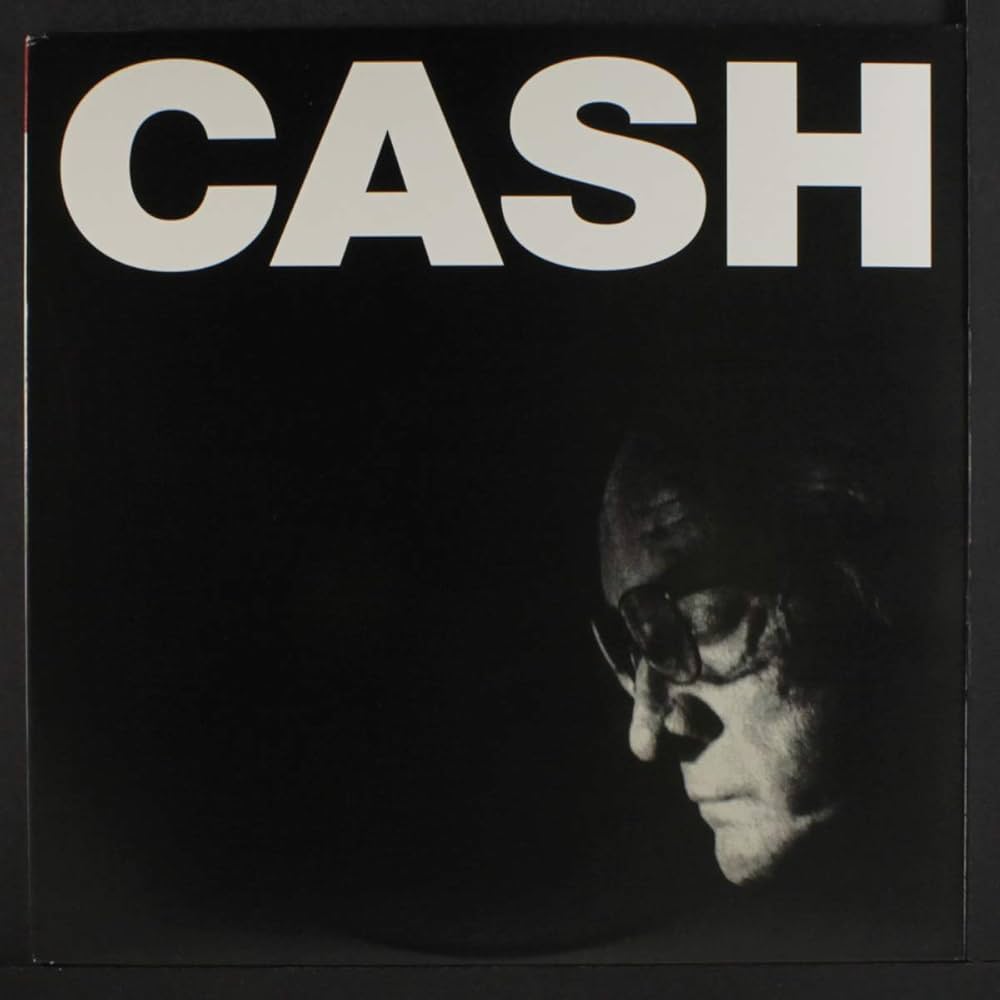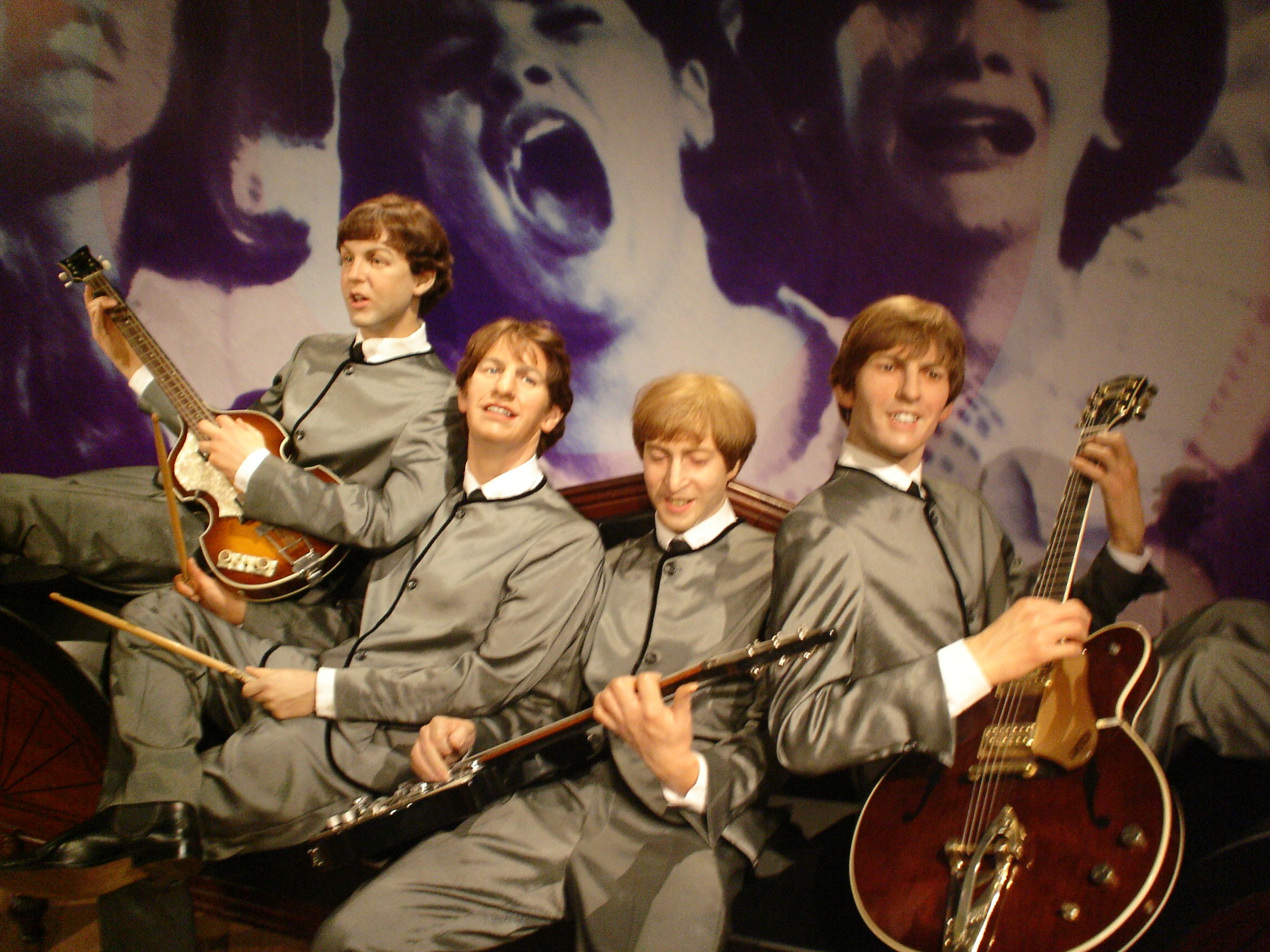
Tracing Keith Richards’ musical DNA reveals more than celebrity trivia — it uncovers the blueprint for rock’s most enduring sound. Every riff you hear carries echoes of blues masters, reggae pioneers, and forgotten R&B legends who shaped his ear decades before the Stones became legends.
Understanding these influences transforms casual listening into archaeological discovery, where each chord progression tells stories of late-night sessions and stolen licks. Modern artists from Jack White to Gary Clark Jr. still mine these same influences, proving their timeless relevance.
6. The Band
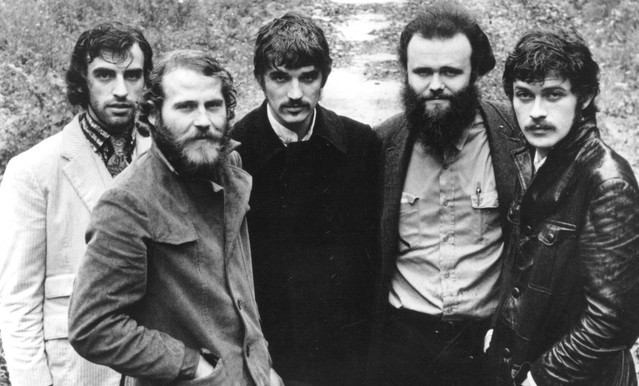
Collaborative spirit over individual ego — The Band offered this crucial lesson when the Rolling Stones needed direction during the chaotic 70s. Four musicians serving the music without superstar attitudes, blending blues, country, and gospel into cohesive vision that prioritized collective strength over individual showboating.
“Music from Big Pink” and their self-titled second album remain essential listening for any serious music fan seeking masterclass in ensemble playing. Richards would spin these records when the Rolling Stones drifted from their center, using The Band’s unified approach as both compass and inspiration for maintaining creative focus.
This attention to group cohesion was just one example of how the rolling stones changed rock, shaping the genre’s evolution in ways rival bands could only hope to match.
5. AC/DC

Malcolm Young’s rhythm guitar earned public praise from Richards, who recognized the foundational role his no-frills approach played in AC/DC’s five-decade success story. Essential Chuck Berry filtered through Marshall stacks and Australian attitude, their riffs remained simple yet undeniably magnetic, confirming complexity isn’t always necessary for greatness.
Consistency over decades demonstrates their formula’s remarkable durability — 51 years of delivering arena-sized energy without creative burnout or artistic pretension. Malcolm’s rock-solid backbone supported Angus’s lead theatrics while maintaining groove supremacy that connected with multiple generations of headbangers seeking pure, unfiltered rock and roll authenticity.
4. The Coasters
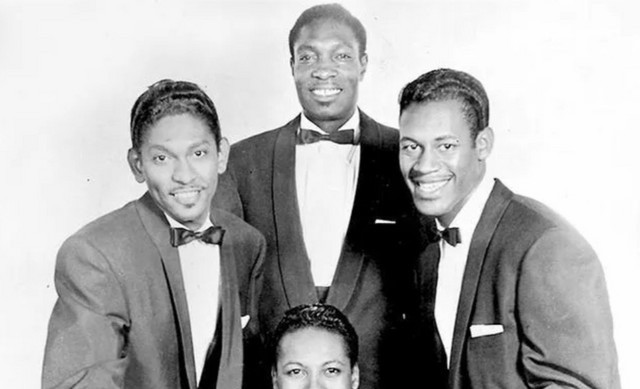
Sophisticated storytelling disguised as novelty act — The Coasters mastered this deception with surgical precision that fooled casual listeners but impressed musicians. Their songs created vivid characters and playful drama while delivering sly social commentary through grooves tighter than most “serious” bands could manage.
Richards has cited them as key influences, particularly their ability to craft unforgettable hooks that stuck in your head for weeks. Entertainment and artistry coexisted without compromise in their hands, showing that making people dance and making them think weren’t mutually exclusive goals in popular music.
3. Small Faces/Humble Pie
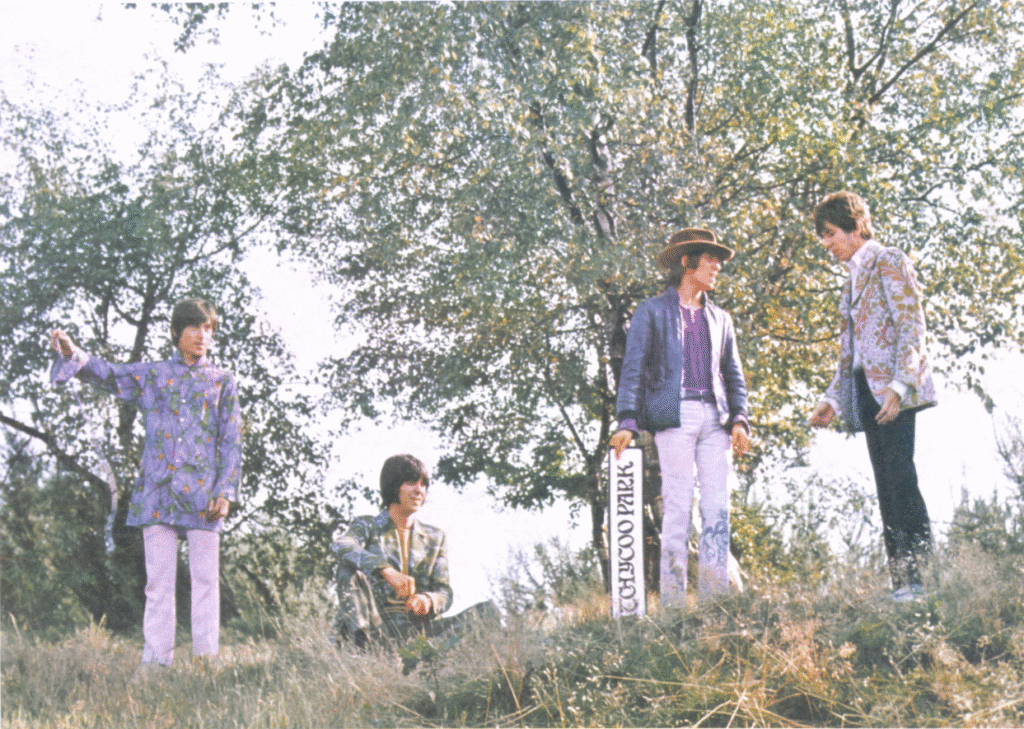
Steve Marriott’s raw vocal genius earned widespread recognition among musicians, including Richards who praised his talent in various interviews throughout his career. Small Faces delivered tight musicianship wrapped around Marriott’s soulful acrobatics while never losing sight of the song itself, creating perfect balance between technical prowess and emotional authenticity. They influenced countless British rockers—many of whom are counted among the greatest 70s bands we should’ve never forgotten.
“Tin Soldier” perfectly captures their blend of melody and raw power — polished yet gritty simultaneously, like expensive whiskey served in a dive bar. Their rhythm and blues foundation provided solid bedrock for experimental flights that influenced countless British rockers, demonstrating that sophistication and accessibility could coexist beautifully.
2. The Beatles
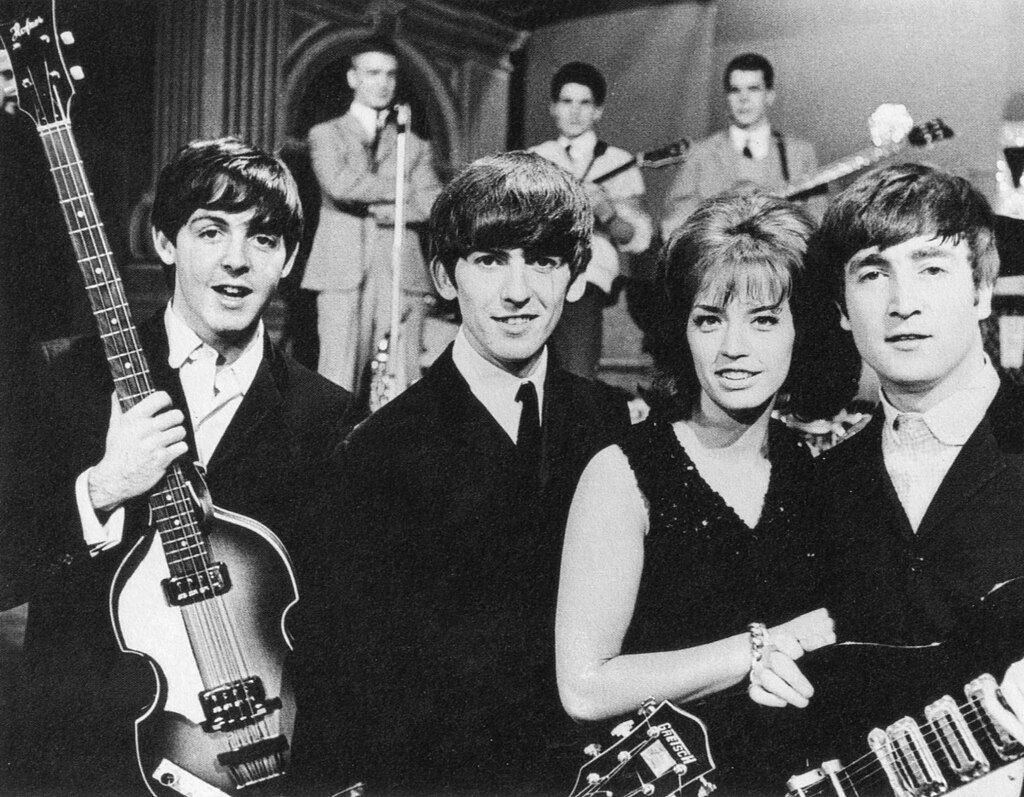
The Beatles weren’t rivals to the Rolling Stones but creative catalysts pushing each other toward greatness through proximity and innovation. Hamburg’s sweaty clubs forged their legendary tightness while London’s competitive atmosphere elevated both bands beyond their individual limits, creating a musical arms race that benefited everyone.
Richards absorbed melodic phrases from Lennon-McCartney songwriting, sharpening his own compositional instincts through friendly competition that lasted decades. Each Beatles release demanded response — “I Want to Hold Your Hand” sparked Rolling Stones sessions that pushed boundaries harder, proving great bands make each other better through relentless creative one-upmanship.
1. The Wailers

Perfect rhythm section interplay reaches its pinnacle through Aston “Family Man” Barrett’s bass and Carlton Barrett’s drums locked in supernatural synchronization. Their precision demonstrated musical magic that happens when individual egos serve collective expression, creating waves of rhythm that could move mountains or make you weep.
Richards has spoken about The Wailers’ influence on his approach to groove and ensemble playing, particularly their selfless dedication to the collective sound. Discipline and restraint trumped showmanship during their rehearsals, establishing that the most powerful music emerges when musicians commit to the group over personal glory.







